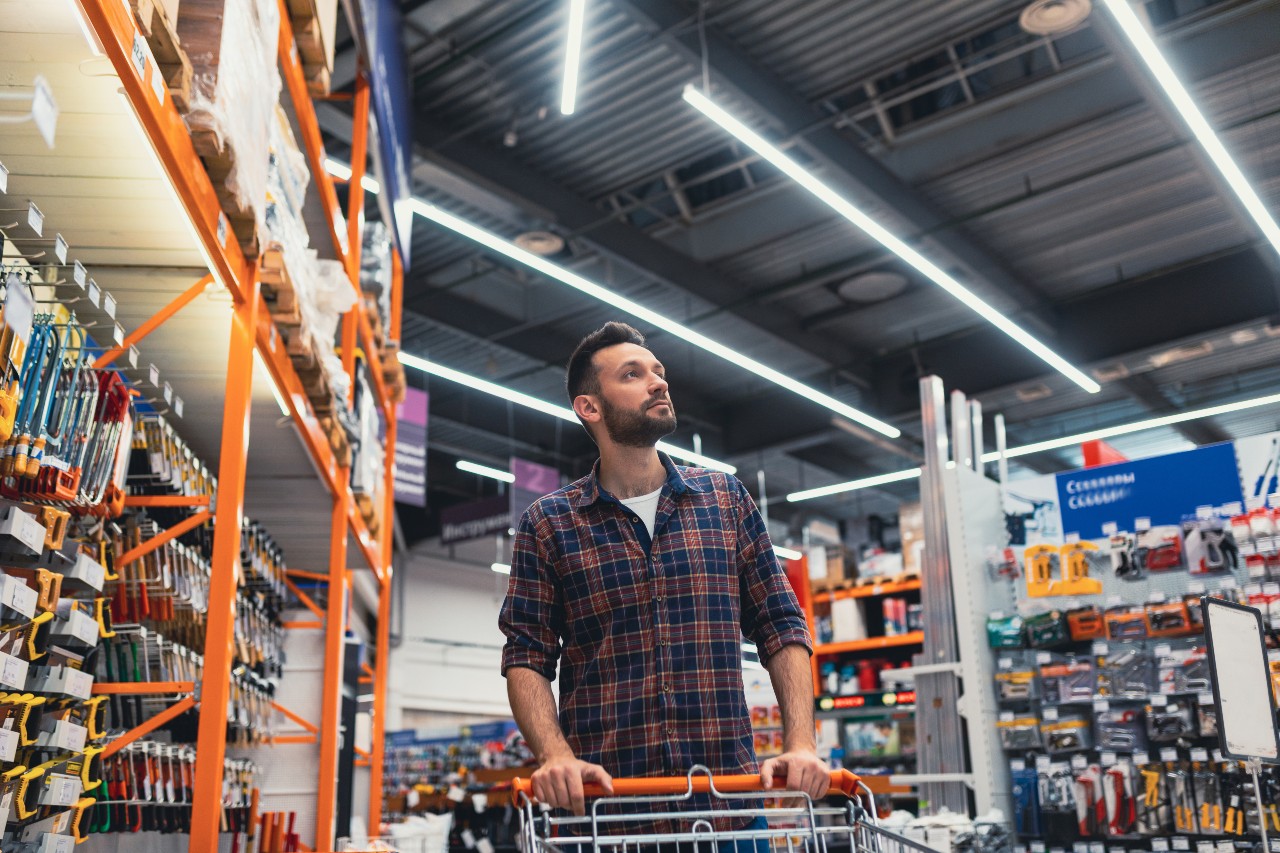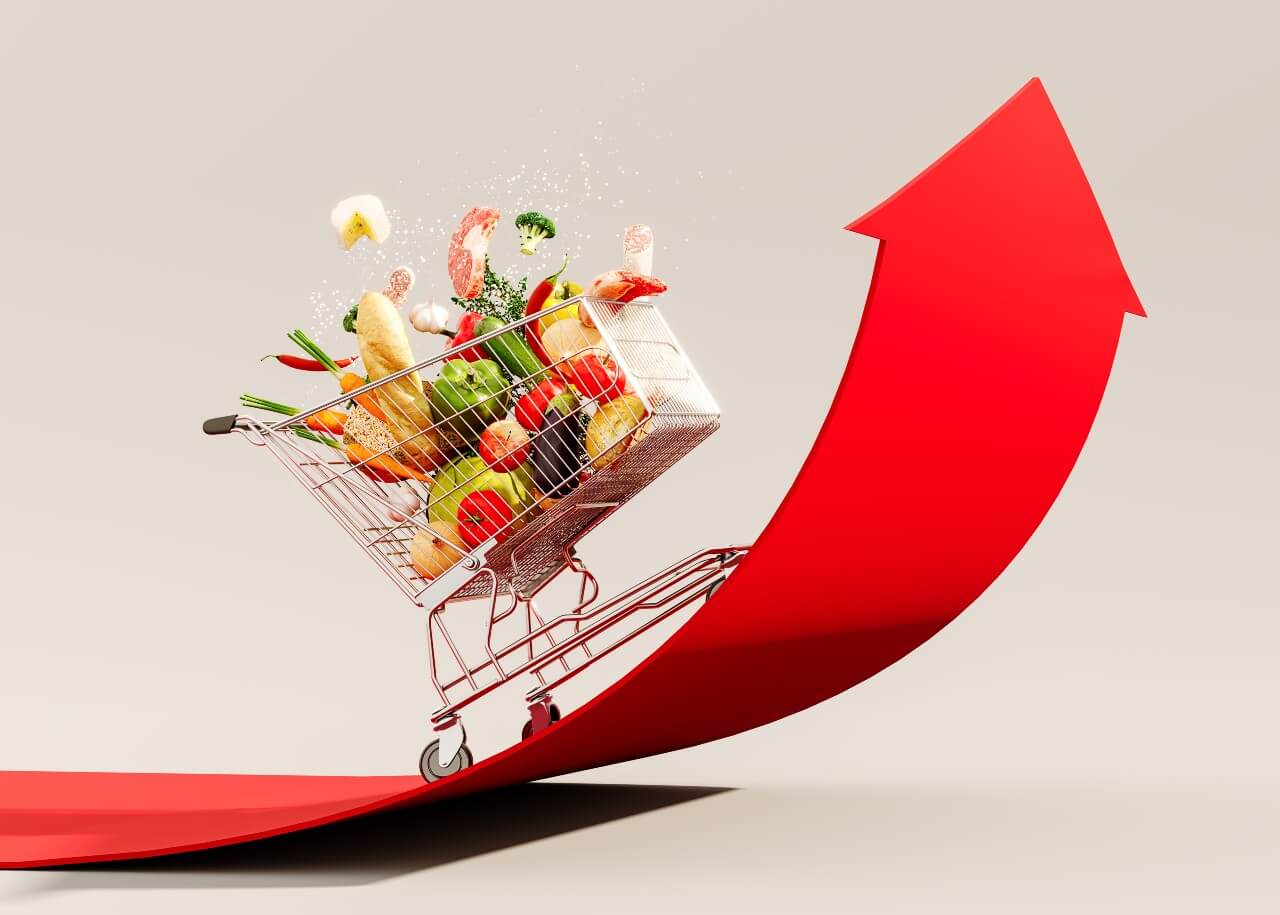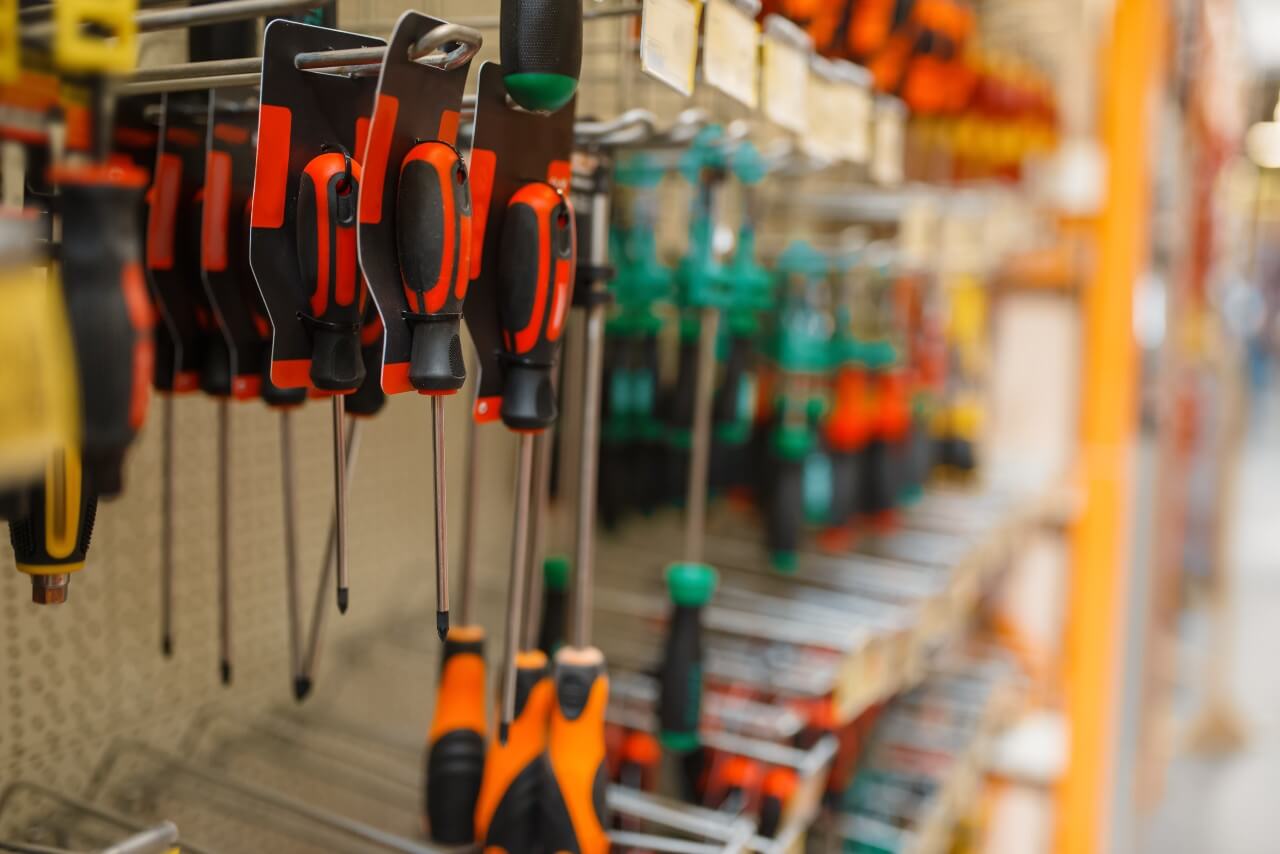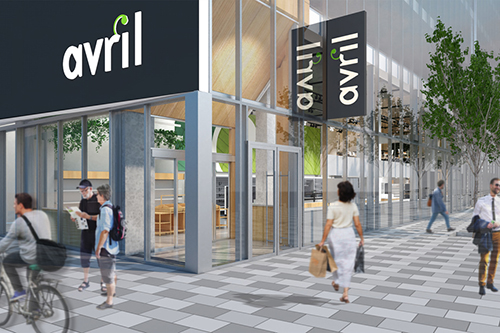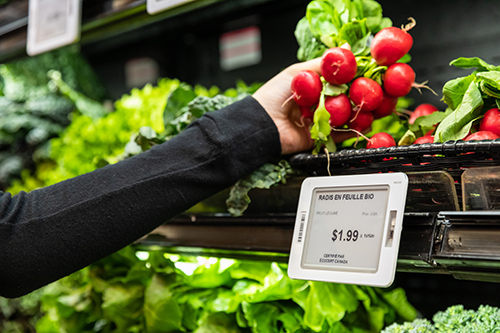The hardware industry today is much more complex than it once was. It’s no longer safe to assume that simply offering quality, service and value will be enough to bring the local community in to shop. With big box stores and internet giants competing for customers’ attention and dollars, hardware stores have to work hard to stand out and present themselves as the best option.
Here are 4 strategies hardware stores can use to increase sales and hold their own against the competition.
Offer exceptional, well-informed customer service
One of the best ways for hardware stores to convince customers to shop with them rather than at big box stores or on the internet is to offer something the competition can’t—helpful, attentive customer service.
Many of the people who go to hardware stores may not have a lot of experience with the equipment on offer or the project they’re trying to accomplish. Having access to a knowledgeable, well-intentioned employee who can guide them through the process of acquiring what they need can be extremely helpful and very much appreciated.
Hire individuals who know how to provide great service and train them on all of your products to boost sales and create goodwill.
Online and in-store hardware marketing strategies
In the current competitive market, it’s vital to employ a variety of hardware marketing strategies to make customers aware of your store and entice them to buy.
Even small hardware stores can use online marketing to their advantage by having an online store, a website that is optimized for SEO and a social media presence. Content like a DIY YouTube channel can help you reach your target audience and create a positive association with your brand.
You can also capitalize on in-store marketing ideas to boost sales. Consider offering free samples or holding demonstrations to show customers the benefits of your products. Vibrant digital signage can also be used to grab customers’ attention and enhance their shopping experience.
Entice customers with loyalty programs and discounts
Customers are always looking for ways to save, particularly now with the inflation of retail prices. Offering discounts on certain items for a limited time only encourages customers to buy now to take advantage of the savings. Limited-time deals help increase sales and attract new customers. You can even create a loyalty program and offer discounts for members only to encourage repeat business.
Electronic shelf labels (ESLs), also known as digital price tags, are an incredibly useful tool when it comes to this type of hardware store sales strategy. With them, prices can be updated in mere moments as often as needed, and they can display several different colors to make promotions
Make shopping at your hardware store as convenient as possible
Making shopping as convenient as possible and giving customers multiple ways to shop is an important strategy for boosting sales. Having an online store with delivery and click and collect options will encourage customers to purchase from you when they might otherwise have gone elsewhere.
Equipping your hardware store with digital price tags can streamline the click and collect process by guiding your employees to the required items, significantly reducing the amount of time it takes to fulfill orders. The geolocation system can also be offered to customers via interactive kiosks or a QR code to streamline the shopping experience.
Boost your hardware store sales with JRTech Solutions!
JRTech Solutions offers digital pricing solutions and signage for retailers that are looking to modernize their stores. In addition to facilitating promotions, marketing and geolocation, our technology can expedite restocking, automate processes to reduce labor requirements and significantly lower the rate of errors, improving the shopping experience.
Contact us today to give your hardware store sales strategy a digital boost!

